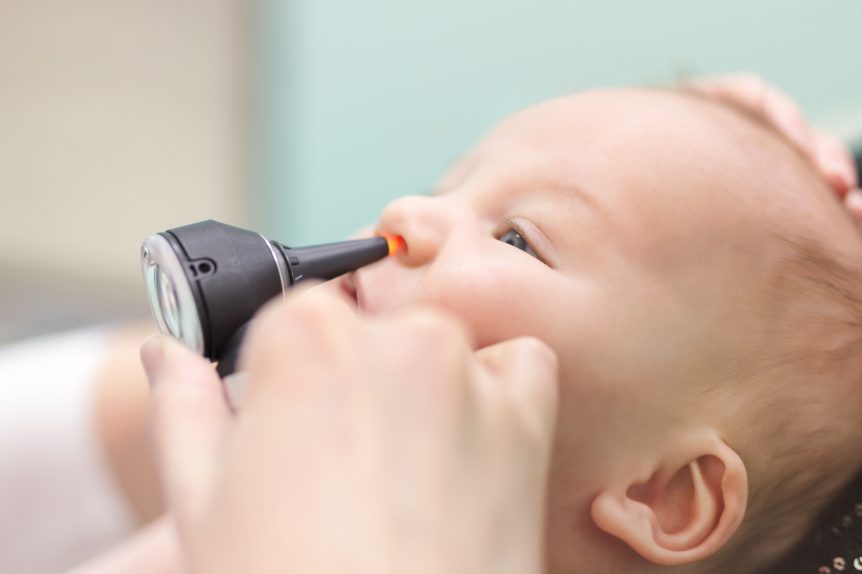Sunshine Coast ENT Surgeon David McIntosh looks at the different things you may not know about ENT surgery.
- We use robots for surgery. Those ever popular bits of technology are being used by head and neck cancer ENT surgeons. The most relevant type of throat cancer for this technology is SCC of the tongue base.
- We reconstruct windpipes. Airway ENT surgeons perform thoracic procedures that involve reconstruction of the trachea for problems such as tracheomalacia and tracheal stenosis.
- We perform brain surgery. Skull base ENT surgeons deal with all manners of brain tumours, from lateral skull base surgery for things like acoustic neuromas to anterior skull base surgery for things like frontal lobe pathology.
- We use rib grafts in rhinoplasty. Reconstructive ENT surgeons that perform functional rhinoplasty will sometimes use rib cartilage to make a nose that will work better.
- We fix blocked tear ducts. Occuloplastic ENT surgeons will perform an endoscopic DCR to achieve a patent drainage of tears into the nose where the nasolacrimal system does not work.
- We perform cosmetic procedures. Cosmetic ENT surgeons may offer face lifts, rhinoplasty, blepharoplasty, and a host of other facial plastic procedures.
- We perform maxillofacial surgery for obstructive sleep apnoea in adults. Some ENT surgeons offer jaw advancement surgery as part of the surgical arsenal for managing OSA. This may include procedures such as a geniotubercle advancement.
- We perform voice lift procedures. Laryngeal ENT surgeons offer rejuvantive procedures for patients with presbyphonia that allows a better and stronger voice.
- We can implant osseointegrated hearing aid devices into skulls of patients not suited for normal hearing aids. Known as bone anchored hearing aids, or BAHAs, otological ENT surgeons perform surgery implanting a titanium screw into the skull and this serves as an attachment for the hearing aid.
- We deliver babies. When a baby has a congenital malformation compromising their airway, sometimes paediatric ENT surgeons are there performing an “EXIT procedure” or a variation on the theme that will see us securing the airway of the baby in utero!
If you have a look at that list, I’ve just identified 10 different and unique types of ENT specialities. Now some ENTs wear a general hat, and some wear one or more of the above hats.
Here on the Sunshine Coast we have myself that has performed something from categories 2, 3, 5, 7, 8, and 9, and my colleague Dr Timperley with 3, 4, 5, 6, and 8. And there’s even more, from computer navigated sinus surgery to endoscopic adenoid surgery for children with cleft palates. With the vast spectrum of ENT specialisation now taking place, we all have a unique role to play within our specialty to help your patients.
This article was submitted by David McIntosh, MBBS FRACS PhD. Davis is an Associate Professor with James Cook University and works for ENT Specialists on the Sunshine Coast.

